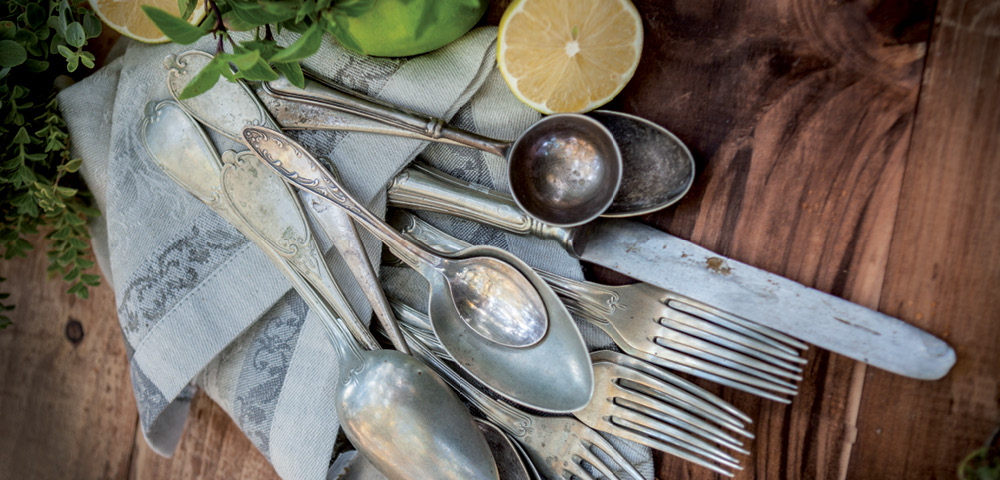
WICKERWORK (OR BASKETWORK)
WEAVING ON THE LOOM
EMBROIDERY (OR NEEDLEWORK)
METALWORK (OR METALLURGY)
Greek folk art is by far the most genuine aesthetic expression of the common people. Recognized as a primary form of art, it often employs geometrical shapes (i.e. triangles, squares) and archetypal symbols (i.e. meanders, crosses) to illustrate with liveliness and imagination the social conscience of ordinary man, usually in the context of a specific community or place. Greek folk art affords an inexhaustible thematic range that manifests itself in a variety of forms: handicrafts (such as weaving, embroidery, pottery, metallurgy and woodwork), painting, iconography, marble sculpture and so on.
HANDICRAFTS—the most popular form of folk art—enjoy a very strong bond with civilization and culture and are highly utilitarian in nature. Beautiful decorative and functional objects, made almost entirely by hand, attest to the extrovert nature of the Greek people and enable the prolonged survival of tradition. Unfortunately, in recent years, crafts have been on the decline for the very qualities that have made them distinctive once: their individuality, their non-uniformity, their uniqueness, their ephemeral and localised nature. Nonetheless, they still deserve our undivided attention.
Read the full article at Sympossio

Comments are closed, but trackbacks and pingbacks are open.